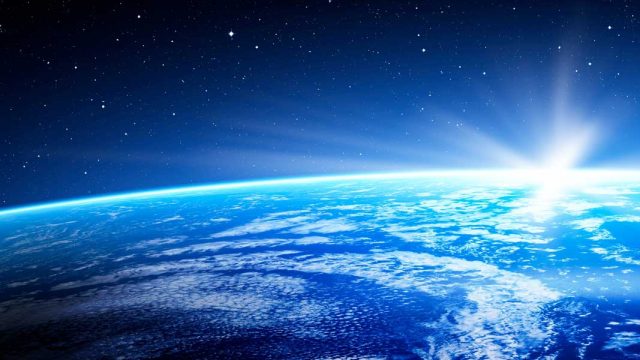Home (retired)
Making measurements of Earth from space: Improving global observations of the Earth for climate change studies
Overview
The Earth’s climate is changing. The scale of impact to future society remains uncertain and with it government’s ability to confidently take necessary mitigation/adaptation in a timely manner. A key limitation is the performance of forecast models and the quality of the data that drive them. Remote sensing from space is the major means of obtaining the global data needed.
The harshness of launch and environment of space severely limits accuracy and traceability. This project will improve pre-and post-launch calibration/validation (Cal/Val) of observations (land, ocean and atmosphere) to enable trustable information on the state-of-the planet to be delivered to policy makers.
Need
Two thirds of the Essential Climate Variables (ECV) of the Global Climate Observing System (GCOS) rely on optical measurements. More than half must be measured from space. Improving traceability and accuracy of these data is at the top-of-the-agenda of space agencies. In many cases a factor of 10 improvement in measurement accuracy is required to optimally minimise the time to detect trends from natural variability.
Climate forecast is based on models using empirical ground and space based data. Ground based is mainly local data whereas space observations deliver a global picture. The uncertainty of the empirical data determines the trustworthiness of the climate forecast. Reducing the uncertainty of this data is therefore considered mandatory. Achieving this reduction in uncertainty, places an urgency to address the following challenges:
- Maximal use of satellite observational capacity to globally detect small signals without driving cost. This requires improved (efficiency and accuracy) of pre-flight calibration and validation methods that are rigorously traceable to the SI.
- Improved confidence in multi-decadal time-series of observations and ‘on demand’ delivery of data requires post-launch interoperability between different sensors. Since the performance of most sensors changes in-orbit this requires improved SI traceable post-launch calibration, validation and harmonisation methods including networks of ‘ideally’ autonomous test sites of a range of parameters.
- Policy makers and commercial users require trustable long time-base climate information – metrologically based quality metrics assigned to bio-geophysical parameters
- Some climate parameters cannot be measured from space. Global representation requires networks of sensors tied to common international standards. Historical artefact based standards need to be replaced/enhanced through improved linkage to SI to ensure long-term reliability.
Improvement necessitates evolution of laboratory-based metrology transferred to field (and space) situations.
The MetEOC series of projects continues to address the overriding traceability issue through undertaking new case studies as well as extending previous activities. Many space related projects can take a decade or more from conception to realisation, and this is similarly reflected in the timelines needed to prove and implement technological changes, where the innovation first needs to be proven in the laboratory before adaptation and migration to the field.
